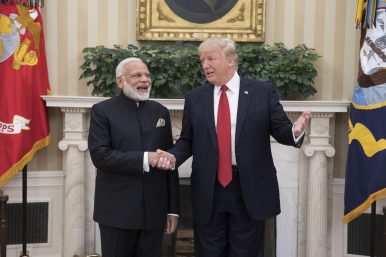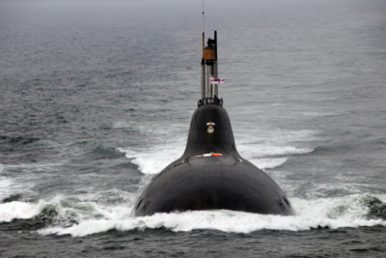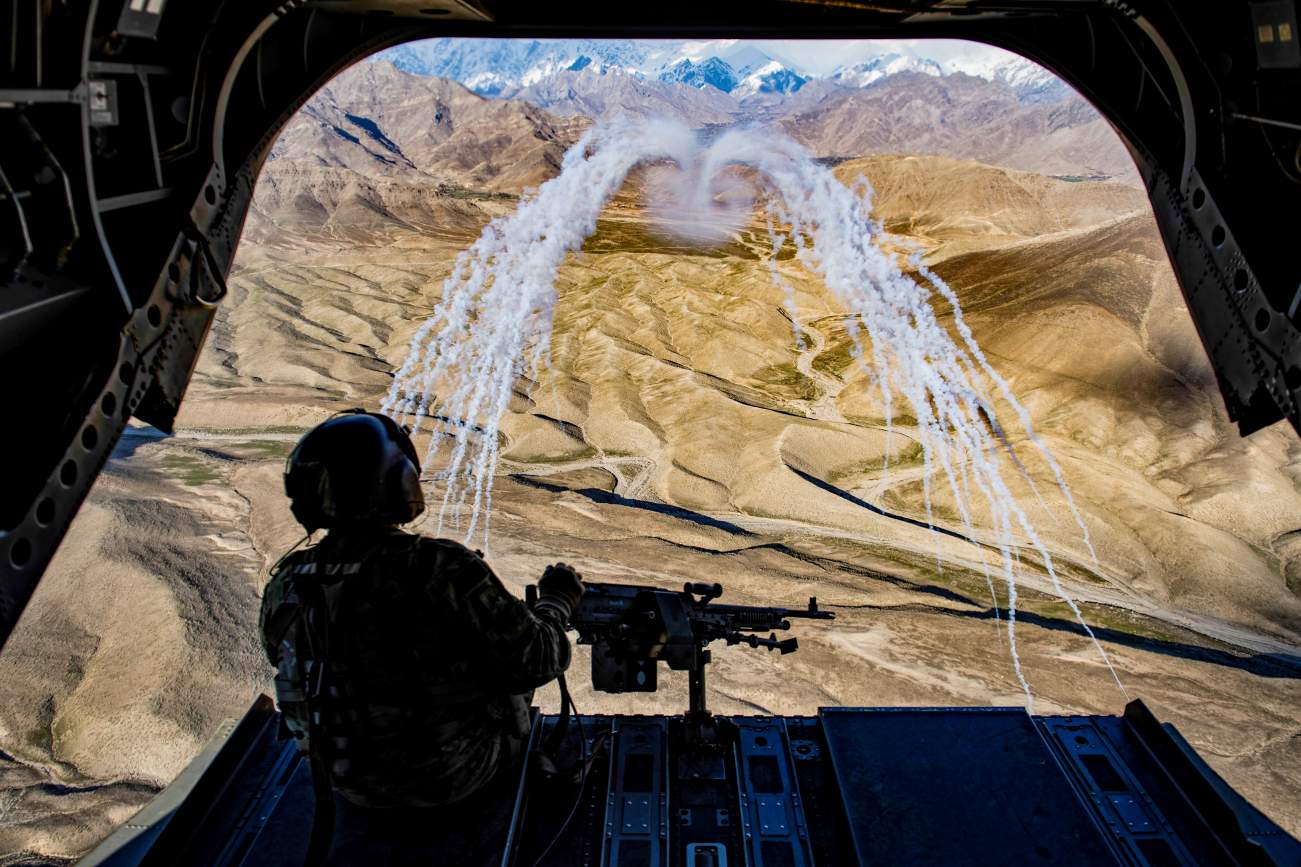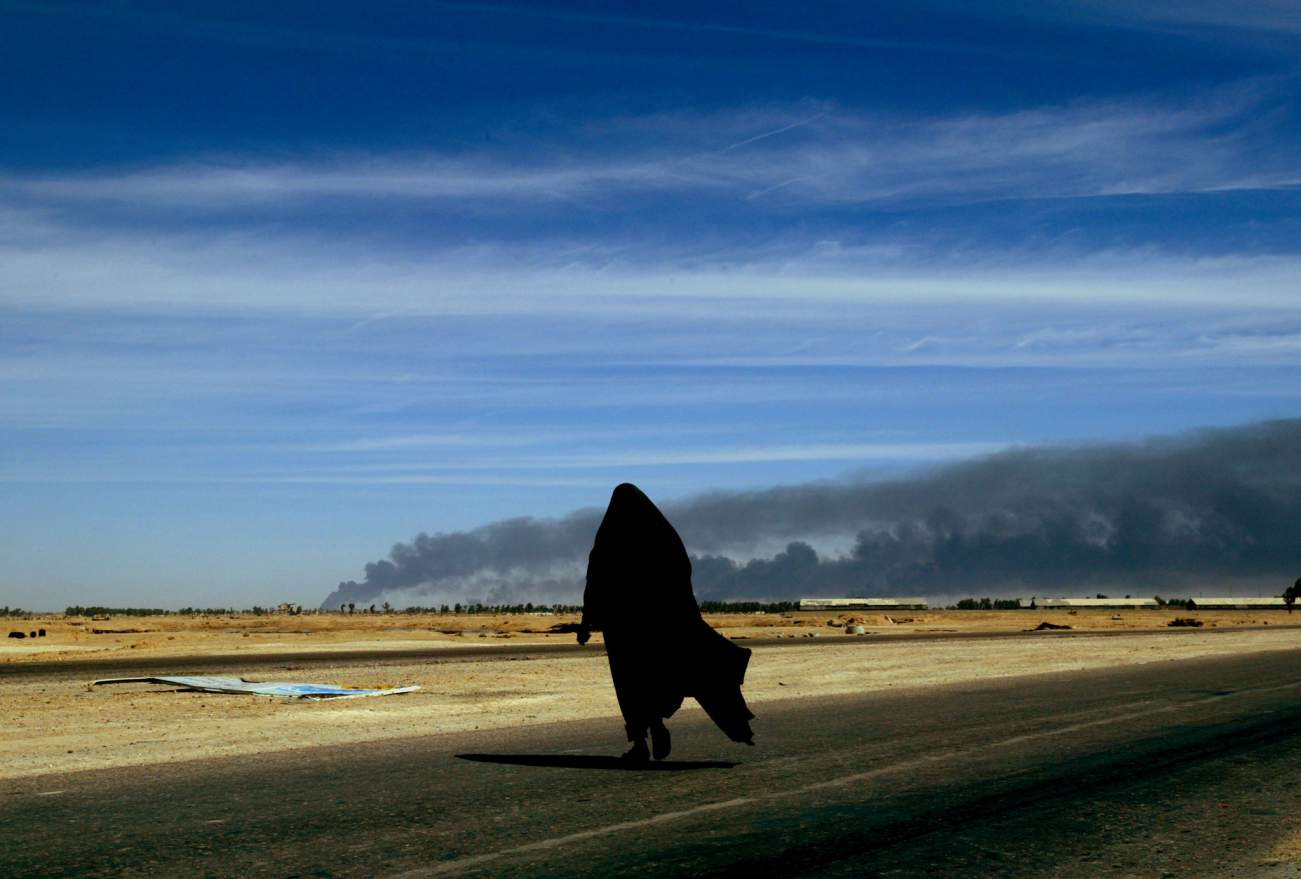by Sumit Ganguly Rajan Menon
 The artillery on either side of the Line of Control—the de facto border dividing the disputed state of Jammu and Kashmir between India and Pakistan—have yet to fall silent. The barrages began last week after both countries launched air raids within twenty-four hours of each other. Fortunately, no further escalation has occurred, nor does it seem likely.
The artillery on either side of the Line of Control—the de facto border dividing the disputed state of Jammu and Kashmir between India and Pakistan—have yet to fall silent. The barrages began last week after both countries launched air raids within twenty-four hours of each other. Fortunately, no further escalation has occurred, nor does it seem likely.
This latest clash between India and Pakistan was triggered by a February 14 suicide bombing on an Indian paramilitary convoy in Pulwama in Indian-administered Kashmir. India responded with air strikes aimed at a redoubt of the Jaish-e-Mohammed terrorist group in Balakot, part of Pakistan’s Khyber-Pukhtunkhwa province. The Pakistan Air Force struck back the next day, in Indian-administered Kashmir. Indian interceptor aircraft engaged in hot pursuit. The ensuing aerial battle led to the downing of a Pakistani F-16 and an Indian MiG-21 Bison. The latter’s pilot ejected, landed in Pakistani territory, and was met by a hostile gathering of local denizens from which he was rescued by Pakistani troops, who took him captive.














